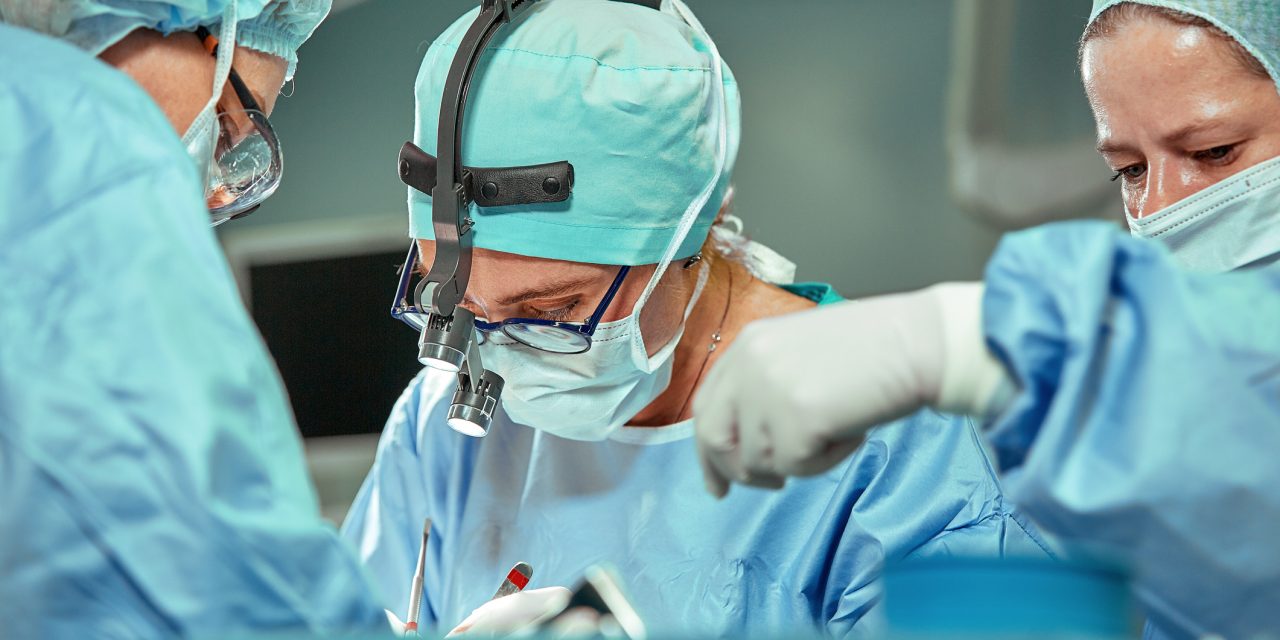Social distancing has become a hallmark for helping to keep Covid-19 at bay, but can social distancing be applied to the operating theater? Could a surgeon operate from a distance location using robotic assist? Surgeons from Italy who performed microsurgery on a cadaver over a mobile 5G network say “yes.”
“Our experiment showed that a robotic telesurgery system can effectively exploit the enhanced capabilities of 5G networks to bidirectionally deliver massive amounts of data with ultralow latency and high bandwidth (up to 1 Gb/s) between the operating room and a remote surgeon,” Leonardo S. Mattos, PhD, Istituto Italiano di Tecnologia, Genova, Italy, and colleagues wrote in a letter to the Annals of Internal Medicine. “This is a critical enabling technology for telesurgery. Furthermore, because both the surgeon and the robot operated over the mobile network, the results prove the feasibility of ’field’ hospitals—for example, in remote communities or disaster scenarios.”
So, how did they do it?
In their experiment, Mattos and colleagues wanted to show that specialized surgery, “where skills are not widely available,” could be done using telecommunication, which has been greatly enhanced by 5G. They performed transoral laser microsurgery procedures on an adult human cadaver — the otorhinolaryngologist was located at Vodafone Village, Italy (southwest of Milan), and the cadaver was located about 15 km away at San Raffaele Hospital.
“During the procedure, a ventriculotomy was first done to expose the vocal cords. The surgeon then did a type I cordectomy on the left vocal fold, followed by a type IV cordectomy on the right vocal fold,” Mattos and colleagues wrote. “These procedures are defined according to classifications from the European Laryngological Society.”
The surgeon directly interacted with the patient via the 5G network, enabling bidirectional data transmission. On the patient side, a computer-assisted laser microsurgery (CALM) system, a CO2 laser, robotic surgical forceps, and a 3D stereo exoscope were included.
“The surgeon-side interface included a Wacom tablet to control the laser position, an omega.7 haptic device (Force Dimension) to control the robot and surgical forceps, and an HMZ-T3 3-dimensional display (Sony) for visualization of the remote surgical site,” the study authors wrote, adding that “the remote surgeon was solely responsible for doing the surgery using the robots, forceps, and laser.” The surgeon and the local assistants communicated over a webcam and microphone located at both sites.
“This 5G telesurgery experiment showed that the surgeon had effective control of the surgical robot, forceps, and laser and could confidently perform high-precision laser cordectomies on the cadaver’s vocal cords,” they wrote.
Candace Hoffmann, Managing Editor, BreakingMED™
Cat ID: 159
Topic ID: 97,159,791,730,192,925,159,256


